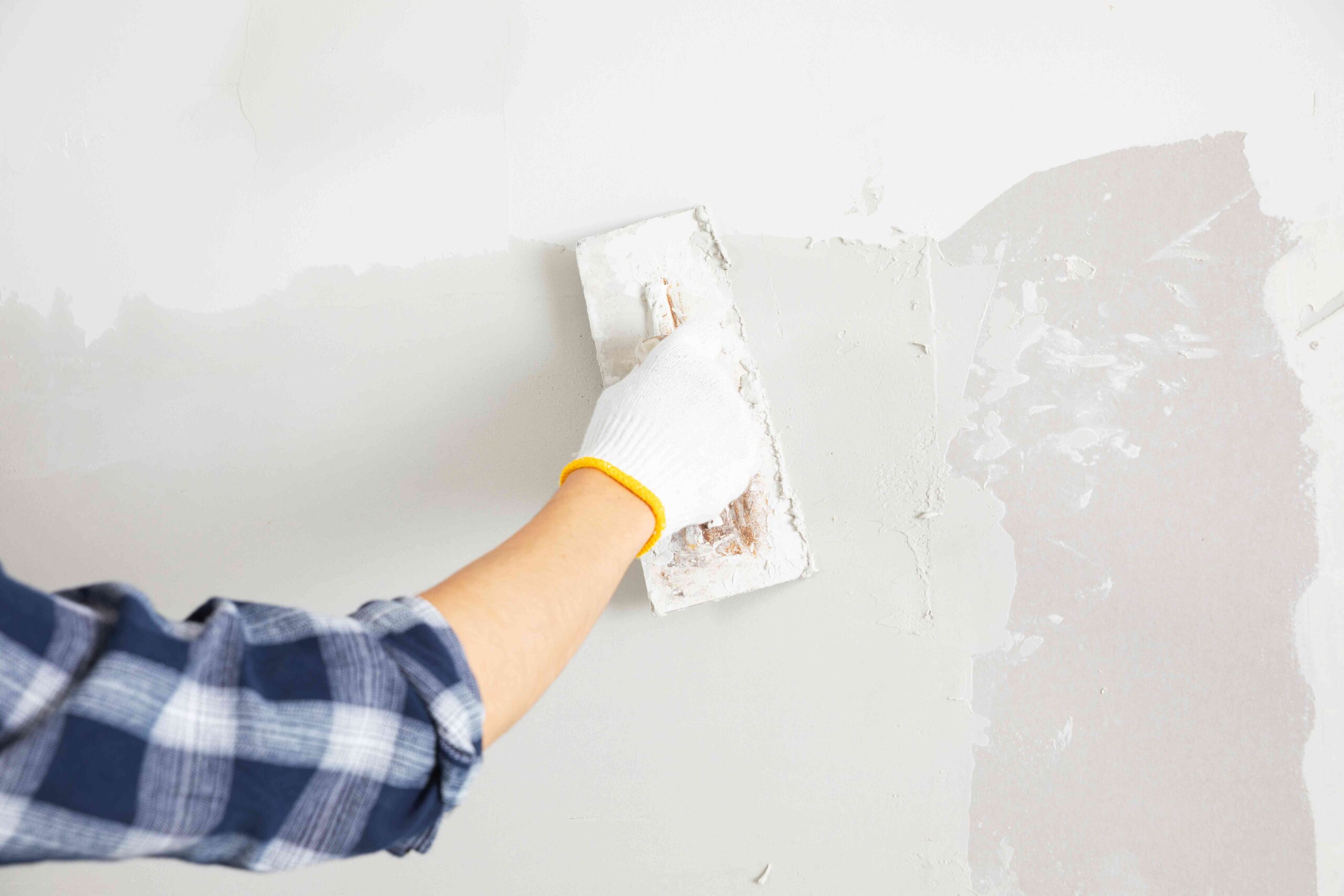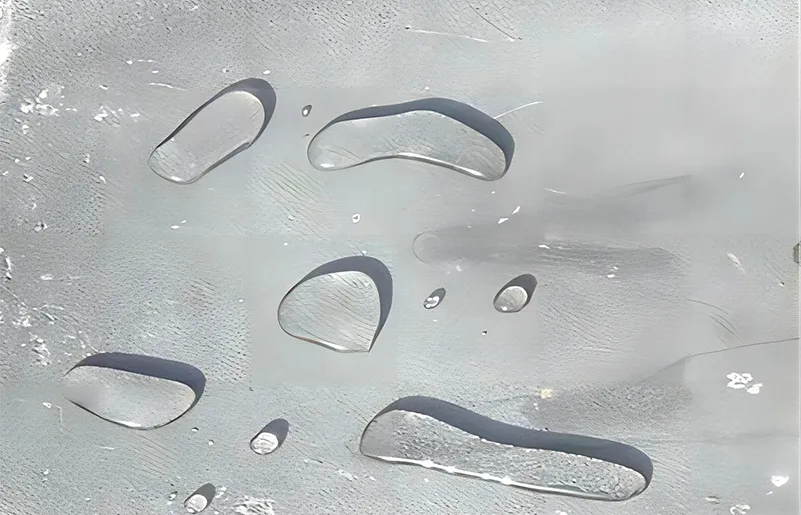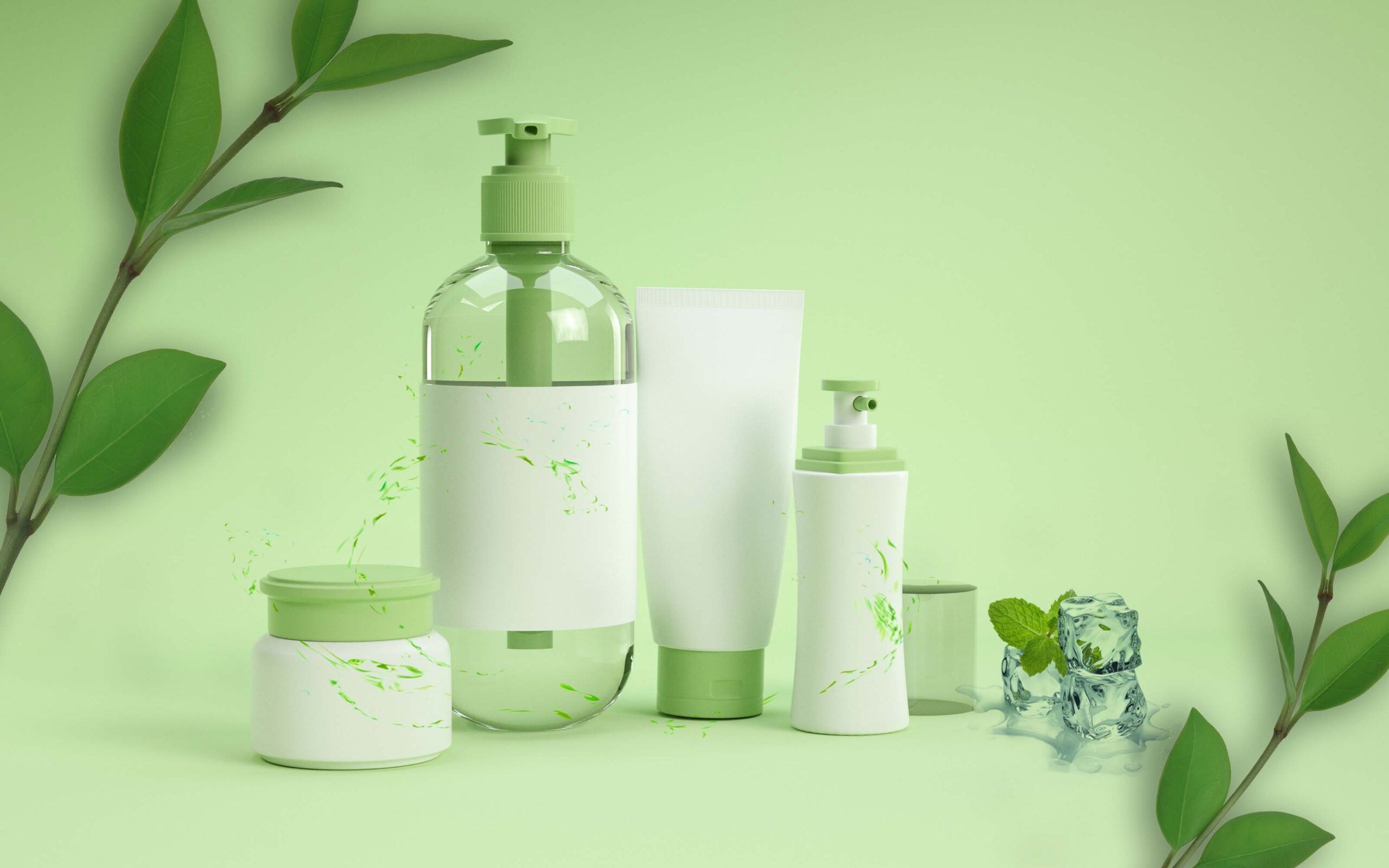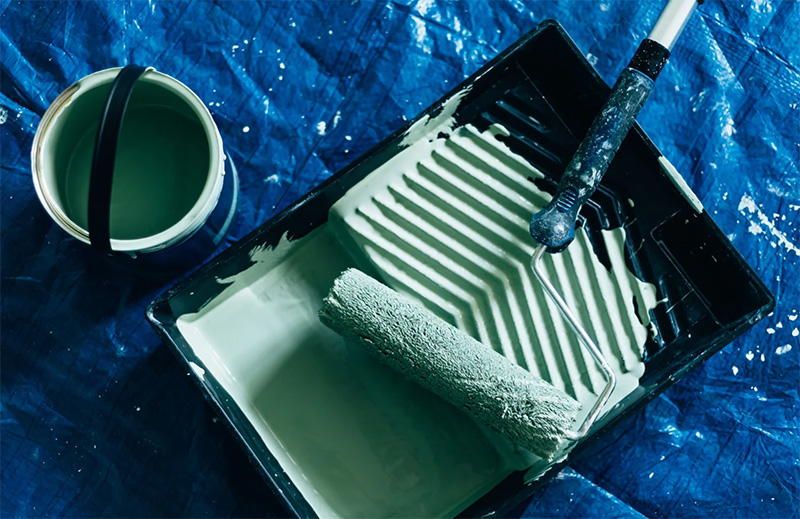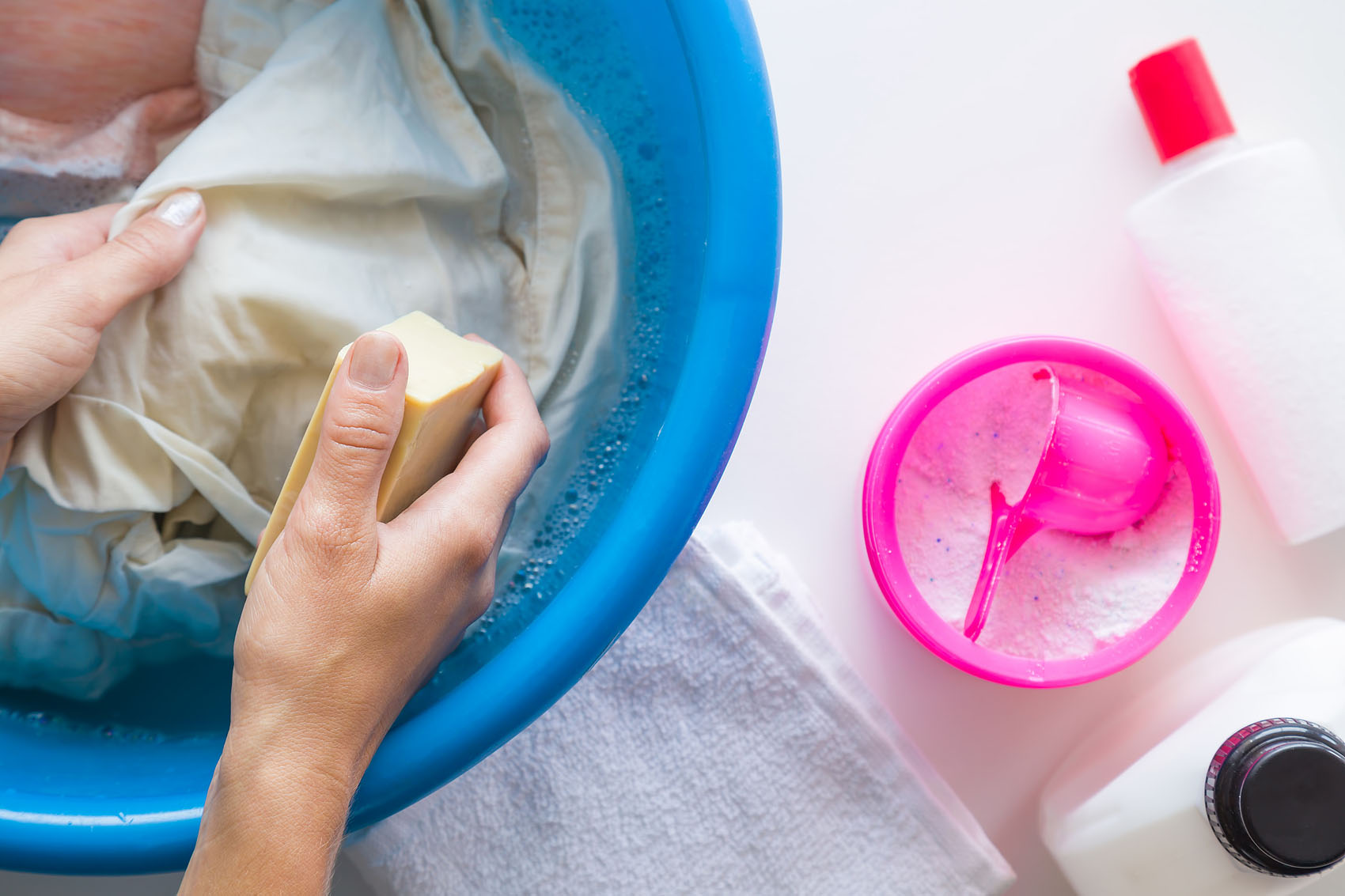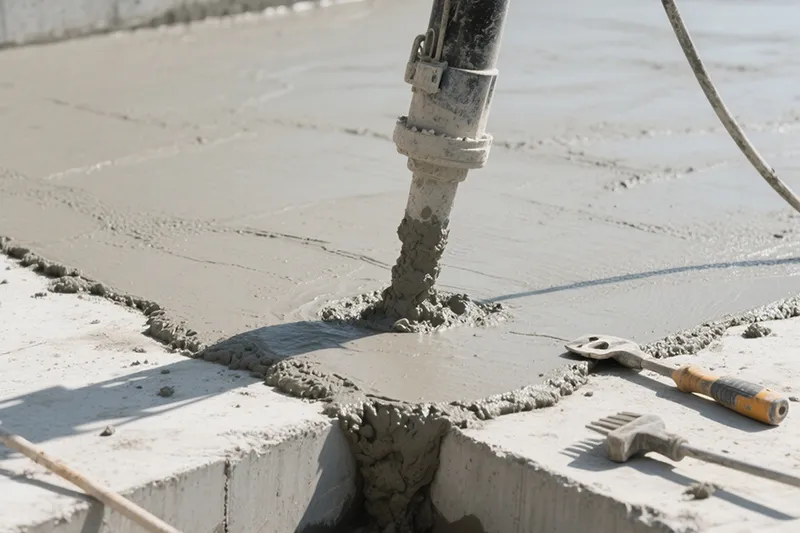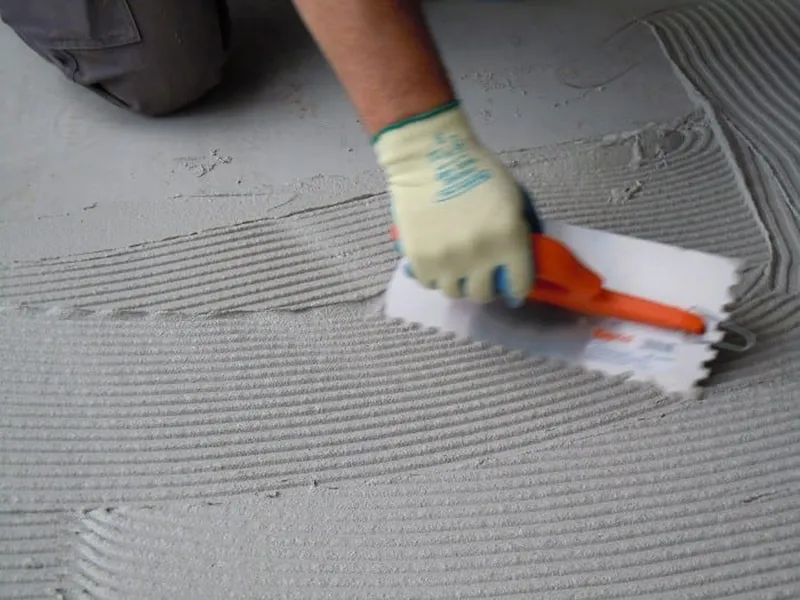
In recent years, cement-based tile adhesive thinset mortar is more commonly used, while others include latex, epoxy resin, etc. In this article, we will explore different types of tile adhesives, their main characteristics, how to choose the right adhesive for your project, and common mistakes to avoid.
I. Types of Tile Adhesive
Not all adhesives are created equal. Their performance depends on composition, bond strength, and suitability for a particular environment. Here is a breakdown of the most common types:
1. Cement-based Tile Adhesives
(1) Tile Adhesive Type 1 - Standard Performance
C1 adhesive is a basic cement-based adhesive that provides standard bond strength and performance.
For low-stress environments such as installing tiles on walls and floors in dry areas.
Best suited for small to medium-sized tiles.
(2)Type 2 adhesive
C2 adhesive provides enhanced bond strength and flexibility.
Suitable for challenging environments such as high humidity areas, heated floors and large-format tiles.
Polymer modified to improve adhesion and resistance to deformation.
Ideal for high traffic areas and areas subject to thermal expansion and contraction.

2. Premixed Tile Adhesives
Premixed tile adhesives are premixed and ready to use, making them convenient for DIY projects and small-scale installations.
This type of adhesive is primarily used for wall tiles and smaller tiles.
They are best suited for low-humidity areas, as they tend to have lower water resistance than cement-based adhesives.
They require no mixing, ensuring consistent adhesive quality and reducing the risk of mixing errors.
3. Epoxy Tile Adhesives
Epoxy adhesives offer the highest bond strength and chemical resistance.
They are suitable for extreme conditions, such as industrial environments, swimming pools, and commercial kitchens.
Epoxy adhesives are highly resistant to moisture, chemicals, and temperature fluctuations.
They require precise mixing and application, which generally makes them more suitable for professional use.
II. Choosing the Right Type of Tile Adhesive
Choosing the right type of adhesive depends on several factors, including tile type, surface, and environmental conditions. Here are the key considerations to help you choose the right tile adhesive:
1. Tile Types
For ceramic tiles, C1 adhesive is usually sufficient.
For large-format tiles or ceramic tiles, C2 adhesive is recommended as it has a higher bond strength.
However, for glass or mosaic tiles, use epoxy adhesive for better adhesion and chemical resistance.
2.Surface Conditions
Use C2 adhesive on challenging surfaces such as heated floors, high humidity areas, or uneven substrates.
Ready-mixed adhesives are suitable for smooth, clean surfaces such as drywall or cement board.
3.Environment
For outdoor applications or wet areas such as bathrooms and kitchens, C2 or epoxy glue is recommended.
For dry indoor areas, C1 or ready-mixed glue is usually sufficient.
4.How to Apply
Cement-based adhesives require proper mixing and curing time.
Premixed adhesives simplify the process, making them ideal for quick installation.
Epoxy adhesives require careful handling and precise mixing to achieve the best results.

III. How to avoid common mistakes with tile adhesives
1. Ensure the surface is clean, dry and free of dust, oil and debris.
Rough surfaces should be leveled and absorbent surfaces should be primed before applying adhesive.
2. Incorrect mixing ratios
Cement-based adhesives require a precise water-to-powder ratio.
Adding too much water will weaken the bond, while adding too little water will make it difficult to spread.
3. Applying too much or too little
Applying too much adhesive will cause the tiles to be placed unevenly and take longer to cure.
Too little adhesive will reduce the bond strength and may cause the tiles to fall off over time.
4. Not using the correct size trowel
Use a notched trowel that is appropriate for the tile size.
Larger tiles require a larger notch size to ensure full coverage and proper bonding.
5. Improper curing
Cement-based adhesives require sufficient curing time to develop full strength.
Avoid foot traffic or moisture during curing.
IV. Summary
Cement-based (C1/C2), premixed, and epoxy adhesives each have their own unique uses, from residential splashbacks to industrial flooring. When selecting an adhesive, always prioritize the tile material, environment, and substrate condition. By avoiding common mistakes like improper mixing or poor surface preparation, you can ensure a long-lasting, professional finish.


